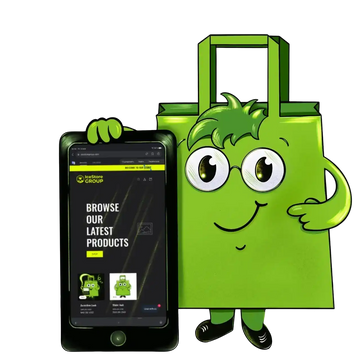In the competitive world of eCommerce, winning customer loyalty is no longer just about offering the right product—it’s about creating an emotional connection. For Shopify and Shopify Plus store owners, understanding emotional marketing can help scale your business, increase retention, and stand out in dropshipping and direct-to-consumer markets.
Emotions often influence buying decisions more than logic. While it may seem that customers shop based on features and benefits, science proves otherwise. Emotional marketing strategies trigger feelings that strengthen loyalty and motivate action. According to Gallup, 70% of purchasing decisions—including brand preferences—are driven by emotion, while rational factors account for only 30%.
Emotional Drivers in Customer Behavior
1. Nostalgia
Nostalgia reconnects customers with positive memories. Retro-style branding, familiar imagery, or campaigns highlighting “then and now” moments create comfort and trust.
Impact: Encourages repeat purchases and strengthens brand loyalty.
2. FOMO (Fear of Missing Out)
Limited-time offers, countdown timers, and exclusive drops create urgency. Customers act quickly to avoid missing out.
Impact: Boosts conversion rates and drives immediate sales.
3. Individuality
Personalization, unique products, and bold branding allow customers to express themselves.
Impact: Deepens emotional connection, showing that your brand values the customer’s uniqueness.
4. Well-being
Products that promote health, balance, or stress relief resonate with lifestyle-focused buyers.
Impact: Purchases become meaningful investments in personal growth rather than just transactions.
5. Belonging
Humans crave community. Membership programs, loyalty clubs, and social groups create a sense of inclusion.
Impact: Builds long-term engagement and advocates for your brand.
6. Sustainability
Consumers expect eco-conscious brands. Real sustainable practices—like recyclable packaging, ethical sourcing, or carbon-neutral shipping—strengthen trust.
Impact: Attracts eco-conscious buyers and elevates your brand reputation.
7. Humor
Playful campaigns and witty copy make your store memorable and shareable.
Impact: Enhances brand personality and visibility.
Tips for Building Emotional Connections
1. Use Data to Understand Your Audience
Before launching emotional campaigns, research your audience to identify the emotional triggers that resonate most. Focus on your most engaged and high-value customers.
Tools: Interviews, surveys via Shopify apps, social listening for sentiment analysis.
Bonus: Create customer personas to map motivations, interests, and needs.
2. Tell Stories That Leave an Impression
Combine facts and emotions to show why your brand matters. Stories should include: characters, conflict, action, and climax. Emotional storytelling creates long-lasting impressions.
3. Show Radical Authenticity
Align your brand actions with its values. Share behind-the-scenes content, customer feedback, and transparent processes. Authenticity builds trust and emotional connection.
Why IceStoreGroup
IceStoreGroup specializes in creating Shopify and Shopify Plus stores that combine technical expertise with marketing intelligence. We deliver:
- Custom development for unique storefronts and integrations.
- Automation to streamline operations and enhance customer experience.
- Scalable solutions for dropshipping and direct-to-consumer businesses.
- Expert support throughout your growth journey.
Ready to turn your Shopify store into an emotionally engaging and scalable business? Contact IceStoreGroup today!
📧 Email: info@icestoregroup.com
🌐 Website: https://icestoregroup.com
📱 Telegram: https://t.me/icestoregroupshopify
🔔 Follow our Telegram channel: https://t.me/icestoregroup
🔥 7-Day Free Trial 🔥
Experience IceStoreLab in action:
✅ Daily reports via Telegram and Email
✅ Competitor change history
✅ AI recommendations and visual reports
See for yourself how data turns into actionable decisions.
👉 Start your free trial now

